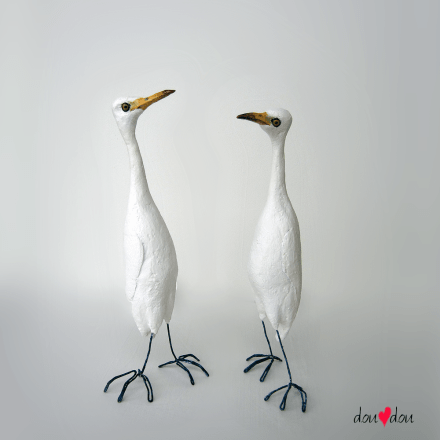REDDISH EGRET ON ABACO, LOVES FISHING, STILL SEEKS ‘THE ONE’
A couple of weeks ago I wrote about a wonderful male reddish egret in his splendid breeding colours. He was hanging out in the brackish ponds opposite the Crossing Rocks jetty, ‘spear fishing’ from a standing position and ‘chase-fishing’ frantically through the water. You can see that post HERE. Unsurprisingly, we decided to take another look down there – easily done, since we had spent the morning out bonefishing on the west side. We’d earlier seen a tri-colored heron in the ponds, and a reddish egret WHITE MORPH, so it was worth having a (different) camera to hand…
We were in luck. The RE was still there, looking every bit as handsome as before (though not the entire time – see below) So here are some more shots of this gorgeous bird.
Mostly, the RE was sleek and elegant. There were times however when the wind ruffled him up a bit, and he lost some of his composure… not the ideal look should a female RE arrive looking for her perfect partner at that very moment. A bit ‘morning after’ rather than ‘evening before’…
…and does this (unfairly undignified) view reveal a touch of early baldness’?
This turned out to be our last opportunity to see the RE. Let’s hope he has paired off happily, and that his offspring will be at the ponds next year.
I posted this photo on FB, because the bird strongly reminded me of someone. A very small amount of digging produced the human likeness and inspired a bit of creativity – see below (with apologies to both parties).
RODDISH EGRET MEETS RED STEWART…


RELATED POSTS
REDDISH EGRETS (WHITE MORPH)






























You must be logged in to post a comment.